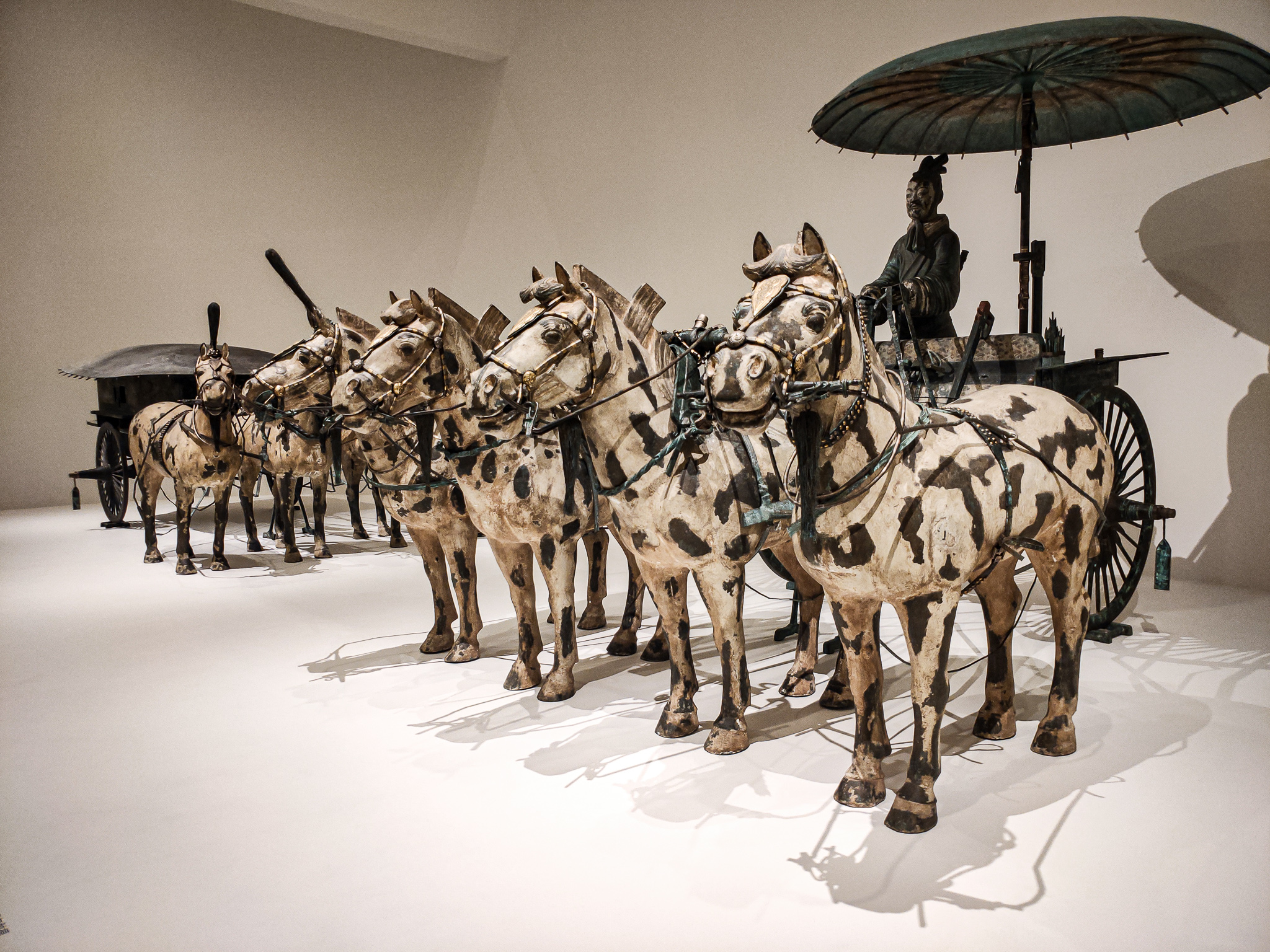One of the archaeological wonders of the 20th century is wowing Melbourne for the first time in nearly 40 years.
China’s famous Terracotta Warriors have drawn awed crowds all winter and the exhibition at the National Gallery of Victoria – the collection’s first display in Melbourne since 1982 – still has several weeks to run.
It is part of the gallery’s Masterpieces series called Terracotta Warriors: Guardians of Immortality.
The Terracotta army is regarded as one of the most significant archaeological finds of the 20th century. It was discovered in China’s Shaanxi province in 1974 by group of local farmers.
The exhibition features eight life sized warriors along with two life sized horses and two replica chariots. The exhibit also includes various ancient Chinese artefacts discovered near the site such as arrowheads and body armour. An estimated 8000 warriors were originally created along with 600 horses and 100 chariots. The soldiers are uniquely and individually crafted, each holding certain military titles.


The construction was undertaken by almost 700,000 workers in 210 BCE. The warriors were created to guard Emperor Qin Shi Huang, in his journey to the after life. Qin Shi Huang is China’s first Emperor and created the Qin dynasty. He is credited with unifying China and began construction of China’s Great wall.
Much of the area where the army was found is yet to be excavated and is a UNESCO world heritage site.

The gallery also showcases Chinese contemporary artist Cai Guo-Qiang’s The Transient Landscape. This features 10,000 porcelain starlings, large porcelain sculptures and one of his trademark gunpowder drawings.
The exhibition is open daily from 10am to 5pm until the 11th of October. Ticket prices range from $30 for adults and $10 for children, as well as concessions for students and seniors.



